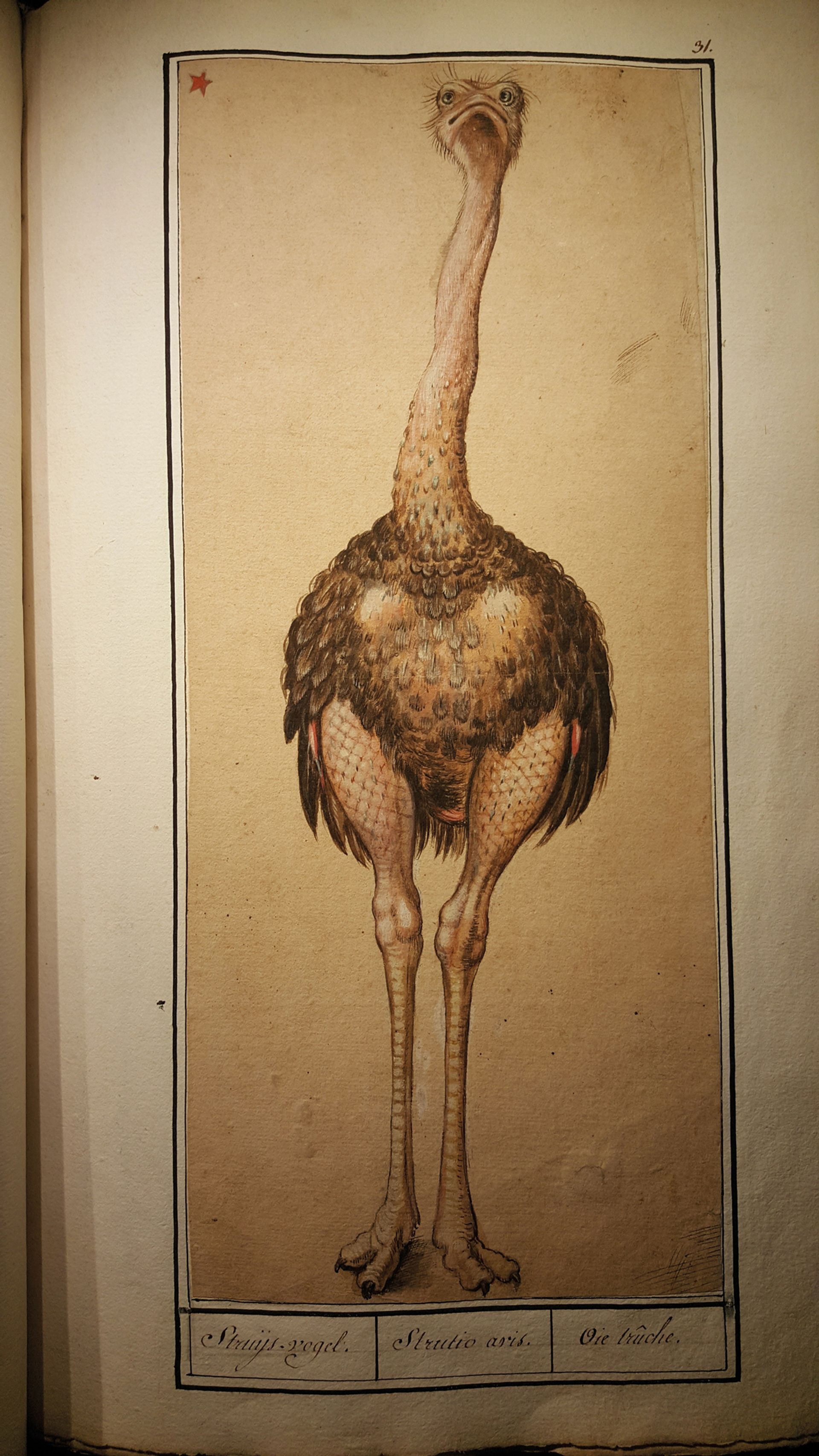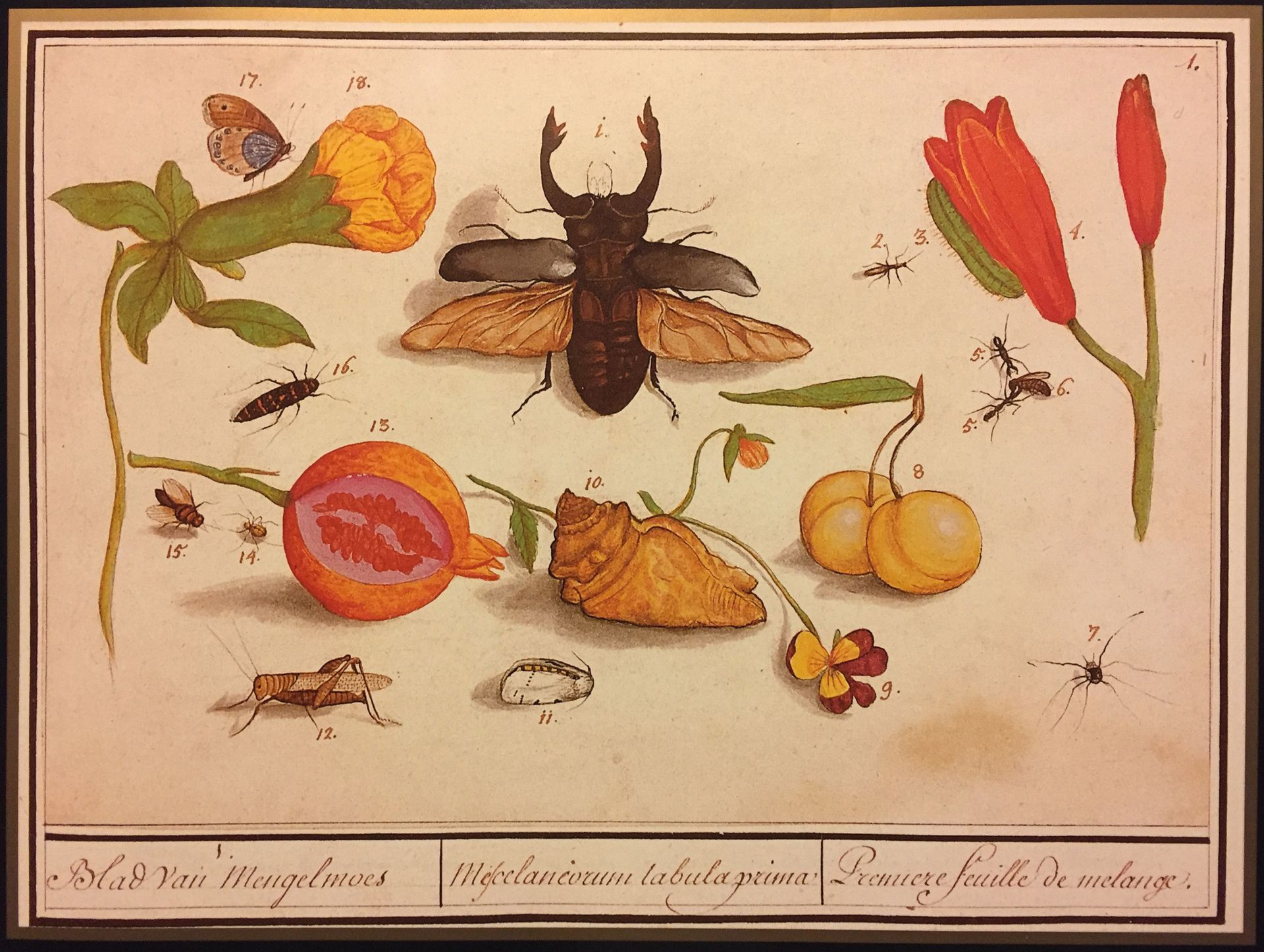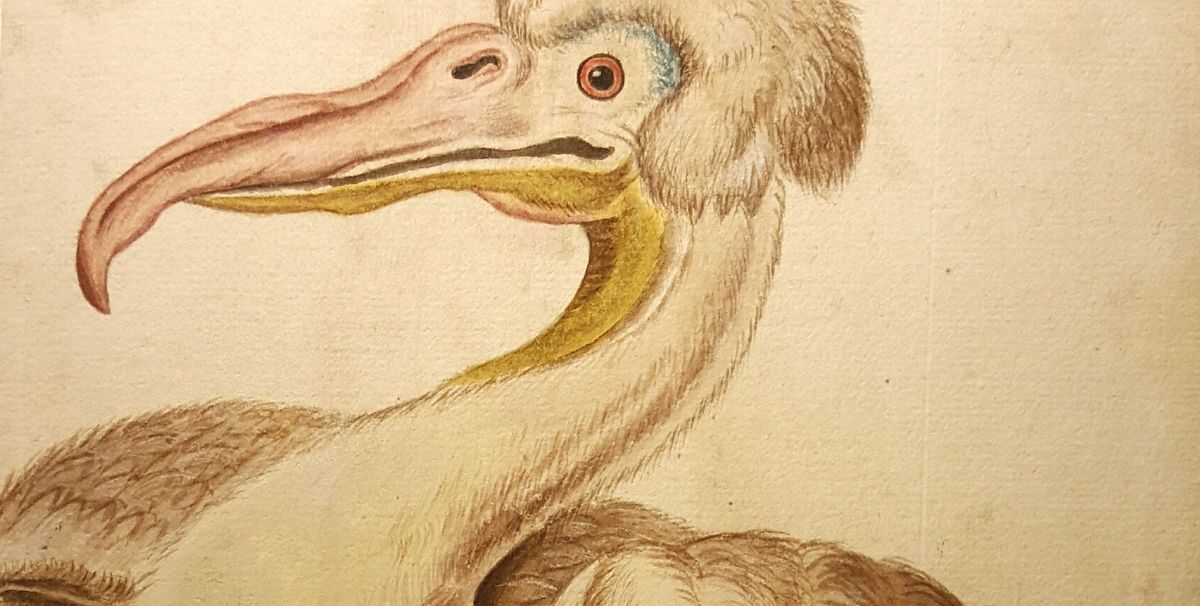A collection of 750 remarkably well-preserved watercolours of plants and animals—both real and imaginary—assembled for Rudolf II, the Holy Roman Emperor from 1576 to 1612, is due to go on long-term loan to the Rijksmuseum in Amsterdam. The set, put together at Rudolf’s court in Prague between 1596 and 1610, was bought by a private collector at Tefaf Maastricht, which closed on 19 March.

It is rare for works made for Rudolf II to come on the market, says Taco Dibbits, the director of the Rijksmuseum. It is the first time that the watercolours—held in a 12-volume Historia Naturalis (natural history) album—have been on the market in a quarter of a century. The album was the highlight of the stand of the German antiquarian book dealer Heribert Tenschert, who counts natural history tomes among his areas of expertise, and sold for a “seven-figure sum”, according to a fair spokeswoman.
Rudolf II’s physician Anselmus de Boodt, a celebrated naturalist, put the collection together, drawing many of the illustrations in the album himself. Others he commissioned from well-known artists of the period, including around 200 from the Delft painter Elias Verhulst.
De Boodt took inspiration from live species found in zoological parks and botanical gardens in both Prague and Italy as well as from stuffed specimens in the emperor’s Wunderkammer. The result is an exquisitely illustrated encyclopedia of the world’s plants and animals, including rare species from the Americas and Africa. Everything from cats and ears of corn to porcupines and pineapples, from tulips to the now extinct Dodo bird, can be found within its pages. A few mythical beasts also made their way into the album, including a dragon “drawn from life”.

When de Boodt left Prague after the death of Rudolf II, he took the album with him to Bruges in lieu of the court’s unpaid debts to him. It remained in the physician’s family until the late 18th century when the Brussels-based art collector Joseph Antoine van Huerne bought it at auction. It had been in a private Belgian collection prior to its display at Tefaf.


